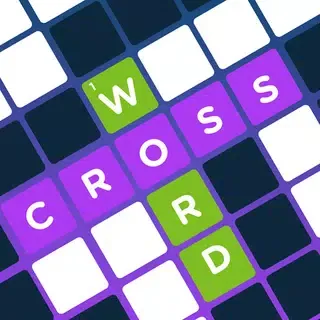Loading game...
NYT Crossword
NYT Crossword functions as a complex grid-based puzzle where the definitive goal is to populate every white square with correct letters. Victory is achieved only when the entire grid is filled, and every horizontal and vertical word corresponds accurately to the provided clues
What is NYT Crossword?
